Bangladesh: A Country Sinking Beneath Rising Sea Levels
Learn about how the rising sea levels in Bangladesh are leaving a lasting negative impact on the environment, the people and why universal efforts are needed to curb these effects.
Bangladesh: A Country Sinking Beneath Rising Sea Levels
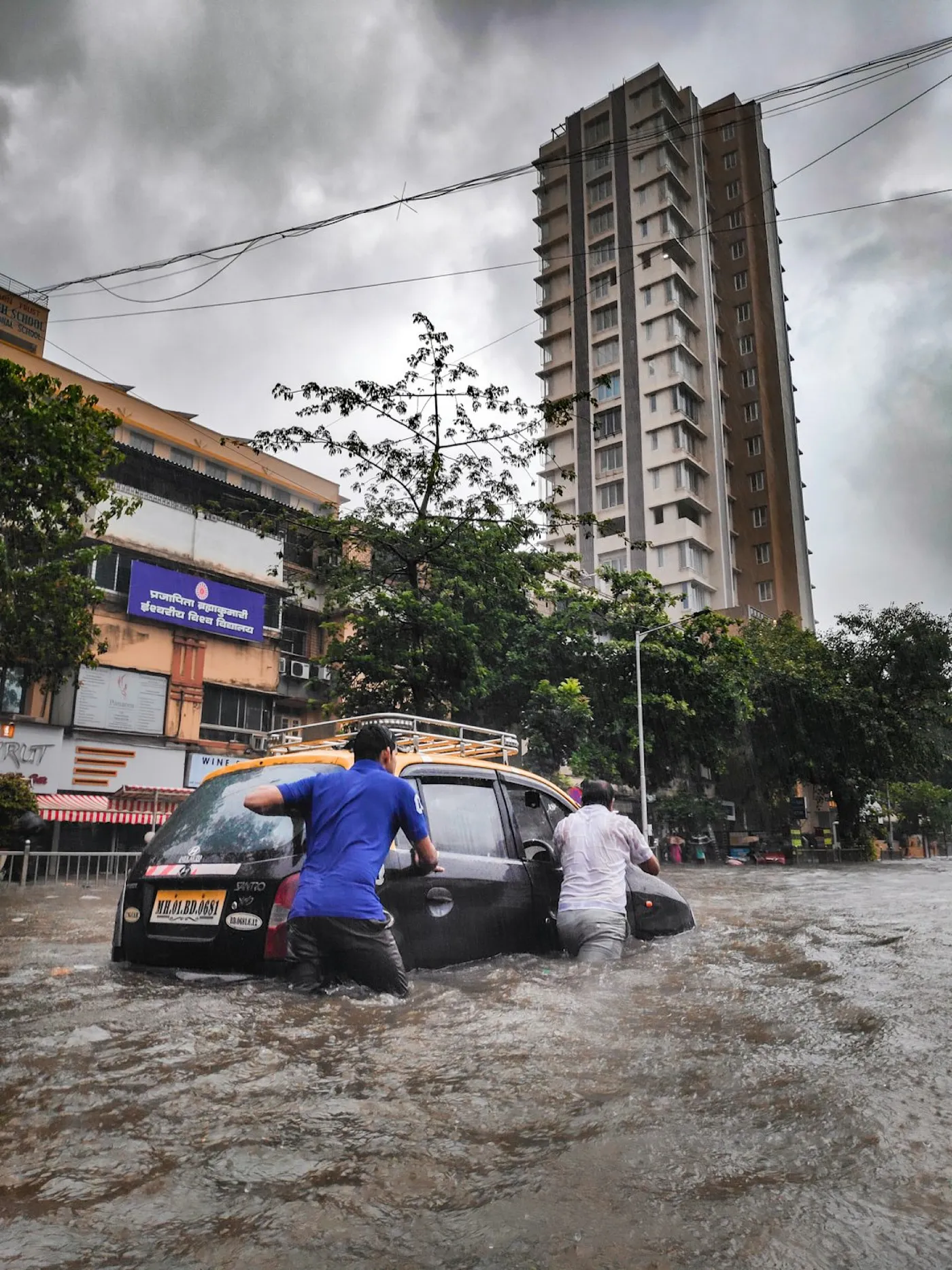
The impacts of climate change are being felt across the globe, but some countries stand on the frontline of this global crisis. Bangladesh, located in South Asia, is one such country. Due to its low elevation, dense population, and coastal settlements, Bangladesh is among the nations most vulnerable to rising sea levels. This situation presents not only an environmental crisis but also a profound social, economic, and demographic challenge.
The Effects of Rising Sea Levels
Approximately one-third of Bangladesh lies just a few meters above sea level. According to scientists, if global warming continues at its current pace, sea levels could rise by up to one meter by the end of the century. Such a scenario could displace nearly 20 million people living in Bangladesh’s coastal regions, potentially creating one of the largest climate-induced migrations in modern history.
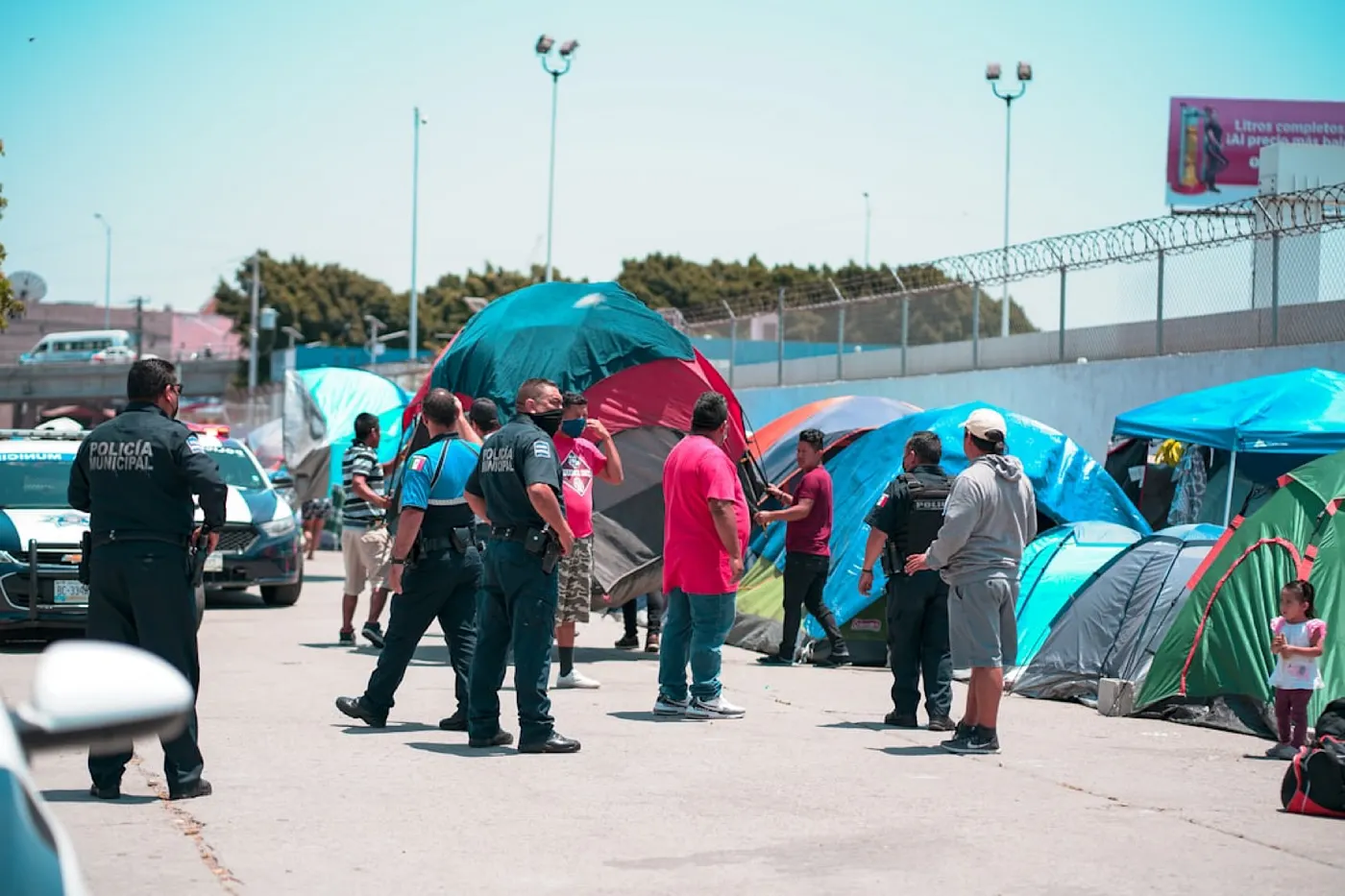
The rising sea level not only increases coastal erosion but also brings long-term consequences such as soil and water salinization. Saltwater intrusion contaminates drinking water and renders fertile farmland unproductive. This poses a serious threat to rice cultivation, one of the country’s staple food sources. As food insecurity grows, rural poverty deepens.
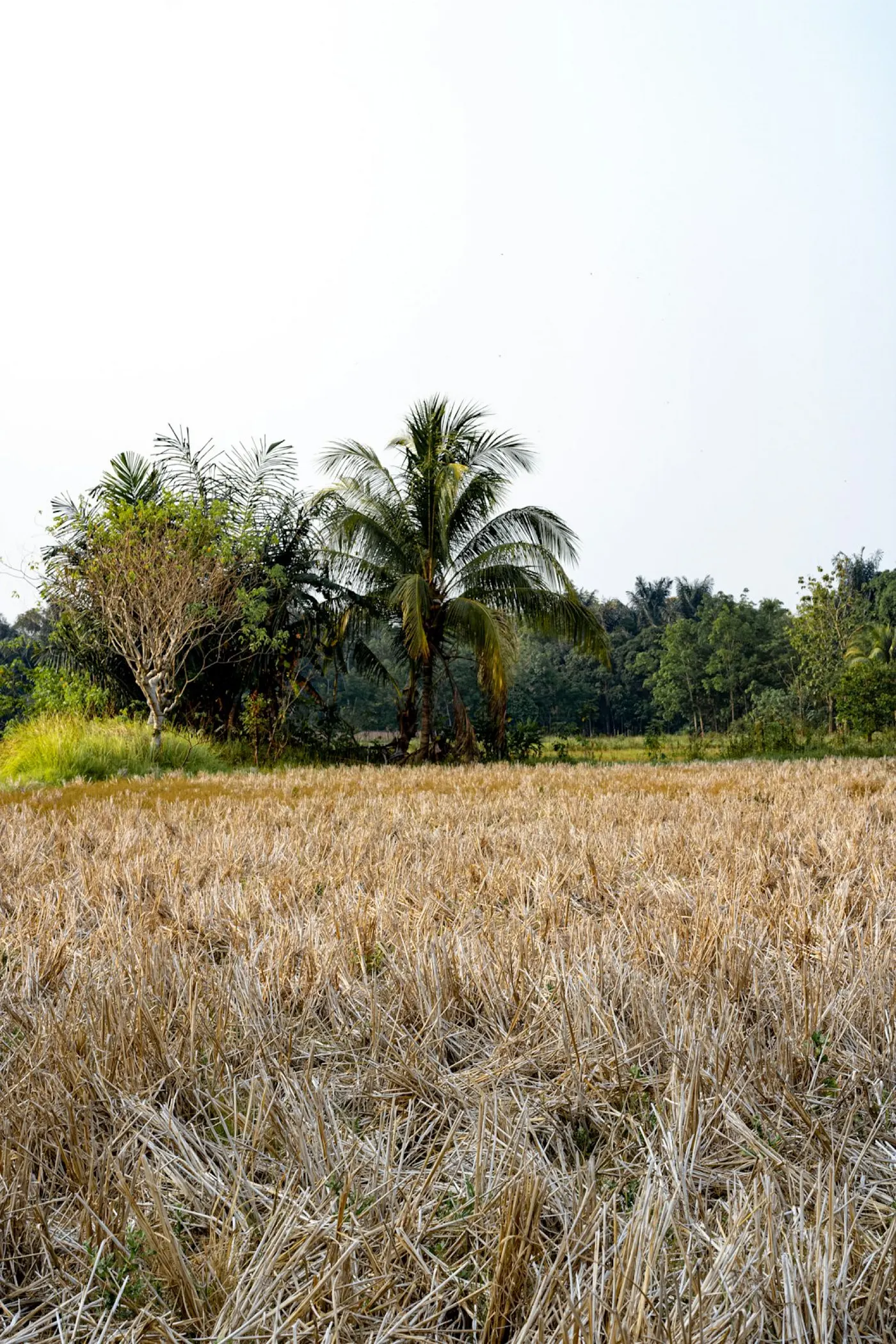
One of the most affected areas is the Sundarbans, the world’s largest mangrove forest and a UNESCO World Heritage Site. This unique ecosystem plays a vital role not only in climate regulation but also in supporting the regional economy through fishing and tourism. However, rising water levels and salinity are putting this critical natural habitat at serious risk.
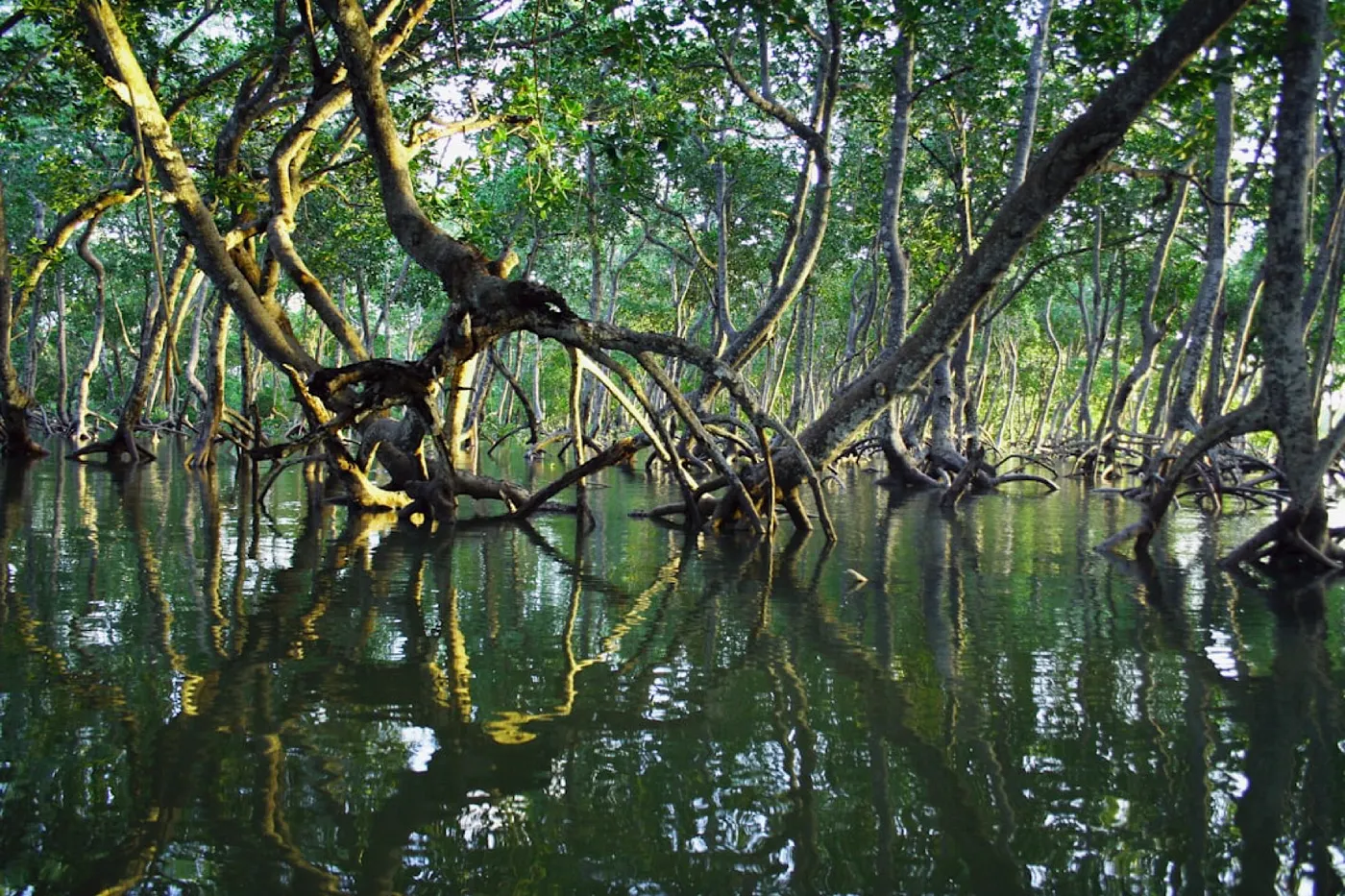
Bangladesh’s major cities, particularly the capital Dhaka, are now feeling the secondary effects of the climate crisis. Migration from rural to urban areas is accelerating. Climate refugees are settling in slums, putting immense pressure on urban infrastructure and exacerbating issues such as unemployment and housing shortages. This migration is not merely geographic; it also triggers economic inequality, social tension, and public health risks.
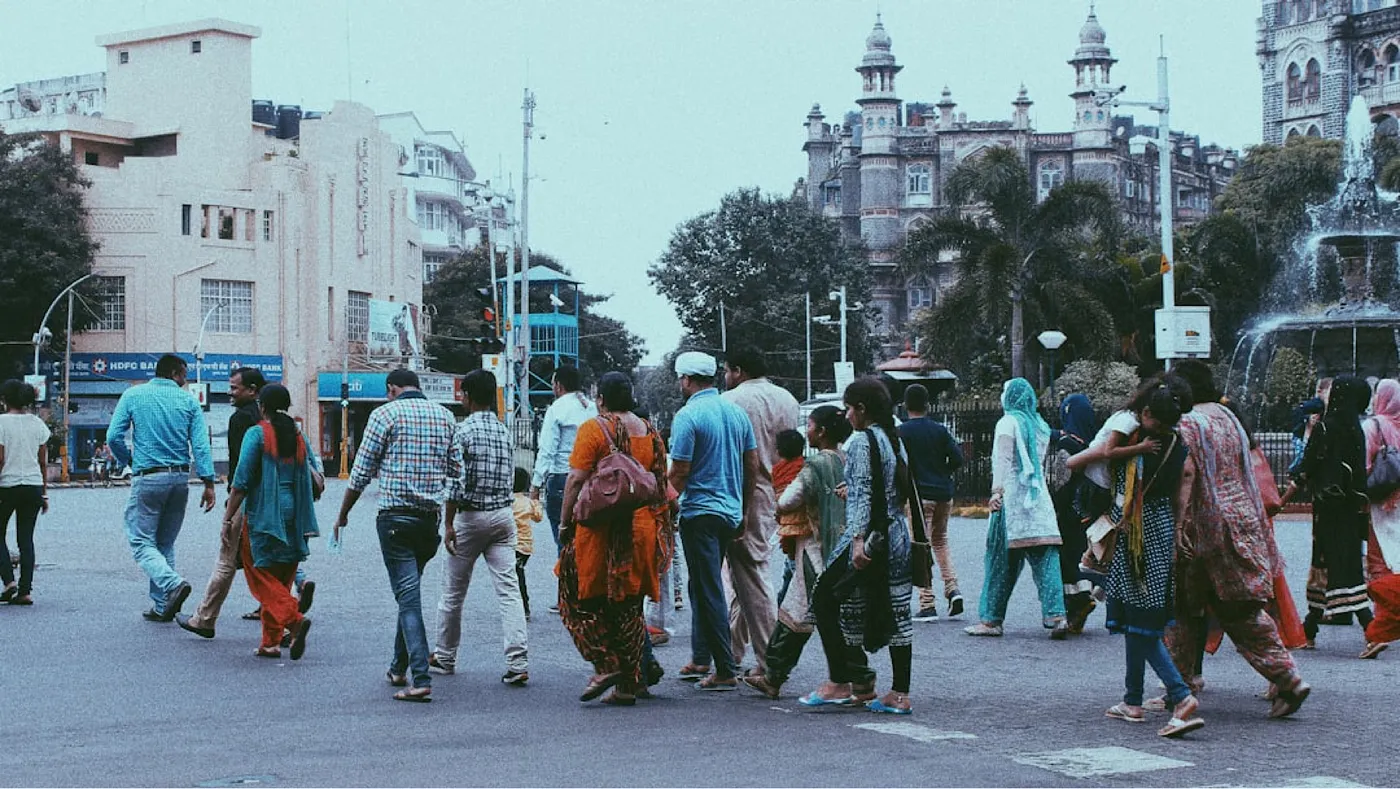
The Response
The Bangladeshi government has taken steps to address the crisis by launching the “Climate Change Strategy and Action Plan,” which includes investment in sustainable infrastructure, coastal protection systems, and climate-resilient agricultural practices. International climate finance is also being utilized to implement disaster risk reduction projects. However, these efforts remain insufficient given the magnitude of the threat.
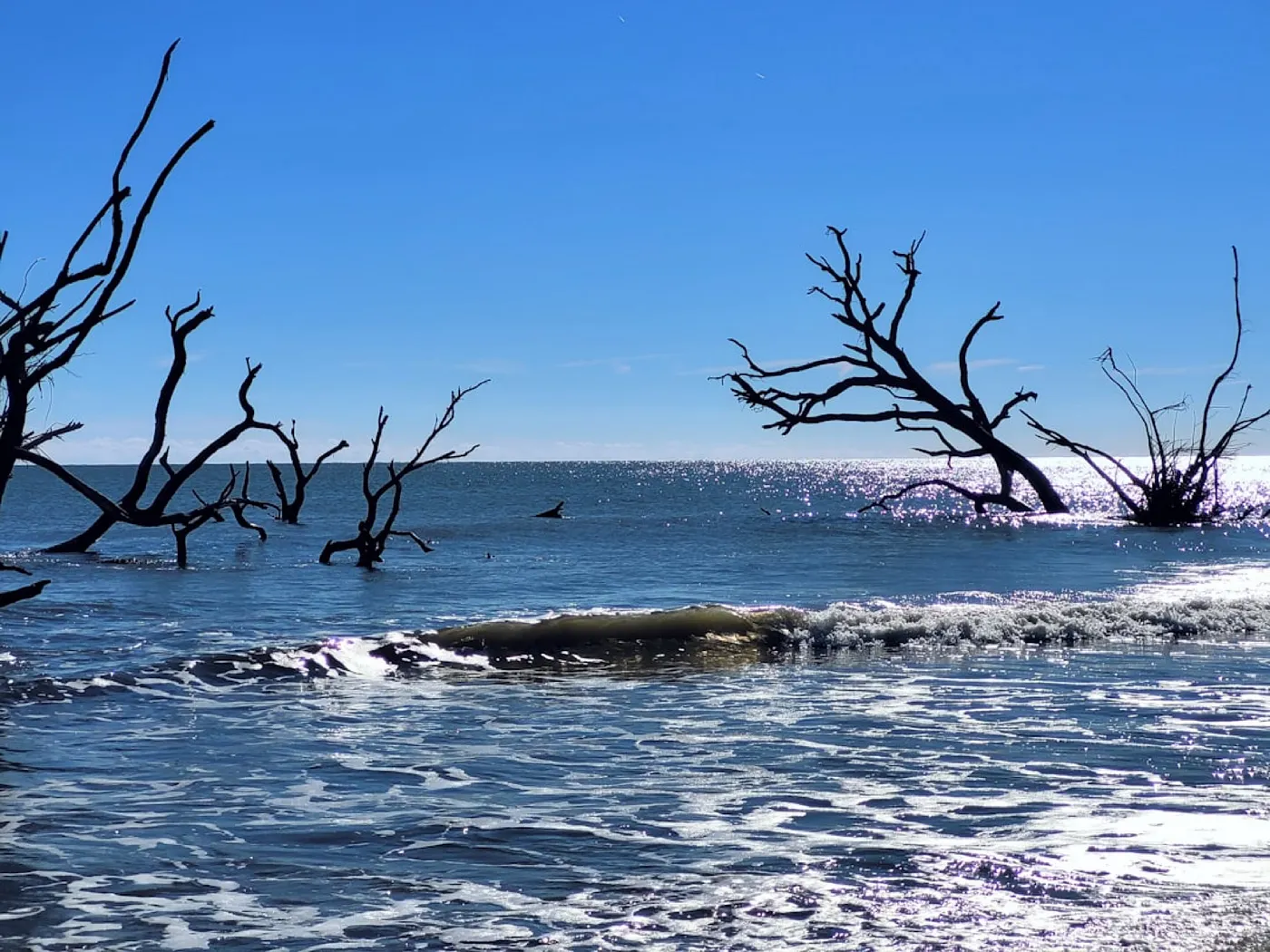
A Shared Burden
The case of Bangladesh illustrates that climate change is not merely an environmental issue; it is also a crisis of migration, food security, public health, and sustainable development. From the perspective of climate justice, Bangladesh contributes minimally to global greenhouse gas emissions, yet bears some of the heaviest burdens of climate disruption. This paradox highlights the need for international cooperation and shared responsibility in combating climate change.
Bangladesh’s situation starkly demonstrates the urgency and inequity of the climate crisis. Rising sea levels are not just a threat to this nation, but a growing reality for coastal regions worldwide. Bangladesh must not be left to face this challenge alone. Without collective action, what is happening today in this small country may become tomorrow’s reality for many others.
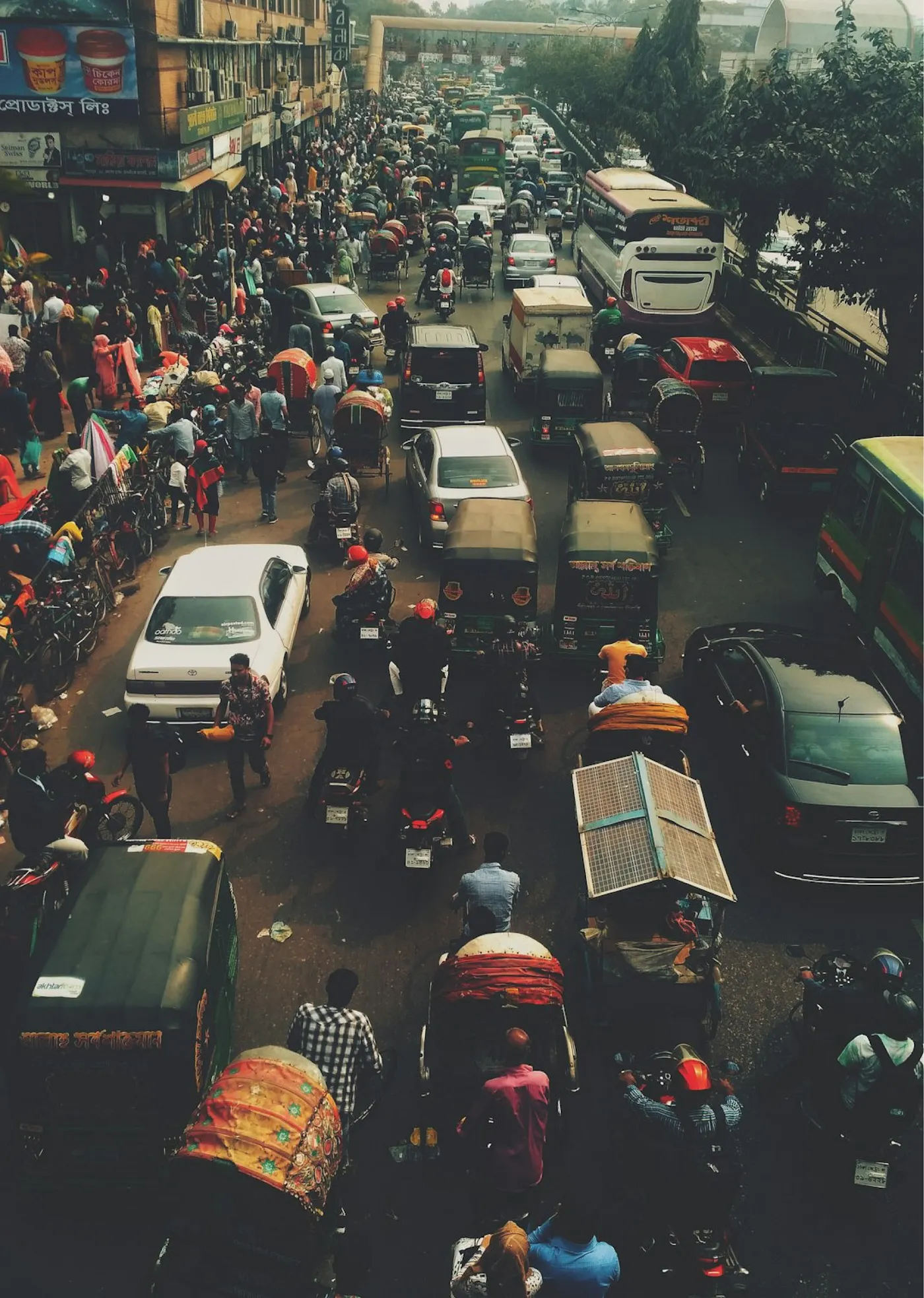
References
World Bank. (2021). Groundswell Part 2: Acting on Internal Climate Migration.
World Meteorological Organization (WMO). (2023). State of the Global Climate 2022.
